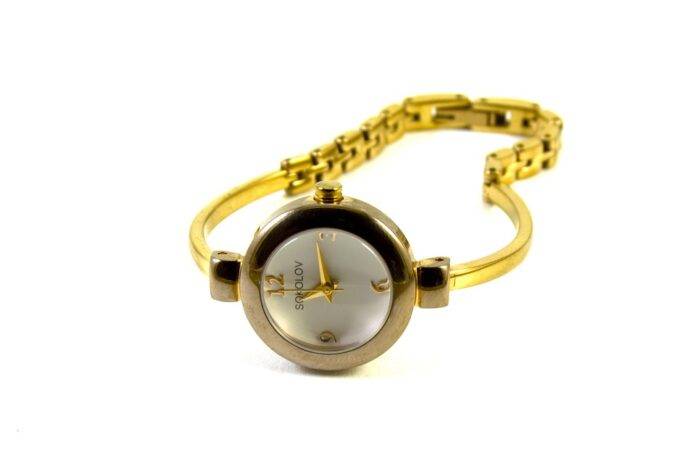The Importance of Careful Storage and Service for Vintage Champagne
Vintage Champagne is a luxurious and prestigious beverage that demands special attention when it comes to storage and service. The unique characteristics of vintage Champagne, created from grapes harvested in a single exceptional year, require careful handling to preserve its delicate flavors, aromas, and effervescence. In this report, we will explore why vintage Champagne demands meticulous storage and service, the financial implications of improper handling, and industry insights on best practices for enjoying this exquisite drink.
Why Vintage Champagne Requires Careful Storage
Vintage Champagne is a product of meticulous craftsmanship, with winemakers carefully selecting the best grapes from a specific year to create a one-of-a-kind blend. These Champagnes often undergo extended aging in the bottle, allowing the flavors to develop and mature over time. Proper storage is crucial to maintaining the integrity of the wine and ensuring that it reaches its full potential upon opening.
Vintage Champagne should be stored horizontally in a cool, dark, and humid environment to prevent oxidation and preserve its delicate flavors. Fluctuations in temperature, exposure to light, and dry conditions can all negatively impact the quality of the wine. Ideally, vintage Champagnes should be stored at a consistent temperature of around 55 degrees Fahrenheit with minimal exposure to light and vibration.
Improper storage can lead to premature aging, loss of carbonation, and off-flavors in the Champagne. The investment in a bottle of vintage Champagne is wasted if it is not stored correctly, as the wine may lose its complexity and nuance over time. To protect your investment and enjoy the full potential of vintage Champagne, it is essential to store it in optimal conditions.
The Financial Implications of Improper Handling
Vintage Champagne is a high-value commodity, with prices ranging from hundreds to thousands of dollars per bottle depending on the brand, year, and quality. Improper storage and handling of vintage Champagne can result in significant financial losses for collectors, investors, and consumers alike.
Exposure to heat, light, and fluctuations in temperature can degrade the quality of the wine and diminish its market value. A poorly stored bottle of vintage Champagne may lose its unique characteristics, making it less desirable to buyers and collectors. In extreme cases, improper storage can lead to spoilage or cork taint, rendering the wine undrinkable and worthless.
For investors and collectors who purchase vintage Champagne as a long-term investment, proper storage is essential to protect the value of their assets. Maintaining optimal storage conditions can help preserve the quality and provenance of the wine, ensuring that it retains its market value over time. By investing in the proper storage equipment and techniques, collectors can safeguard their investment and enjoy a higher return on their vintage Champagne portfolio.
Industry Insights on Best Practices
The Champagne industry has long recognized the importance of proper storage and service for vintage Champagnes. Leading Champagne houses and producers invest in state-of-the-art cellars and storage facilities to ensure that their wines are kept in optimal conditions throughout the aging process.
Some Champagne houses even offer specialized storage services for collectors and investors, providing secure, climate-controlled environments for aging valuable bottles. These services often include regular monitoring of temperature and humidity levels, as well as insurance coverage for loss or damage.
When it comes to serving vintage Champagne, industry experts recommend chilling the bottle to the appropriate temperature before opening to enhance the flavors and aromas of the wine. Vintage Champagnes should be served in fluted glasses to preserve the bubbles and aromatics, and poured gently to minimize agitation and loss of carbonation.
In conclusion, vintage Champagne demands careful storage and service to preserve its unique characteristics and maximize enjoyment. By investing in proper storage equipment, maintaining optimal conditions, and following industry best practices, collectors, investors, and enthusiasts can protect the value of their investment and savor the exceptional qualities of vintage Champagne for years to come.

